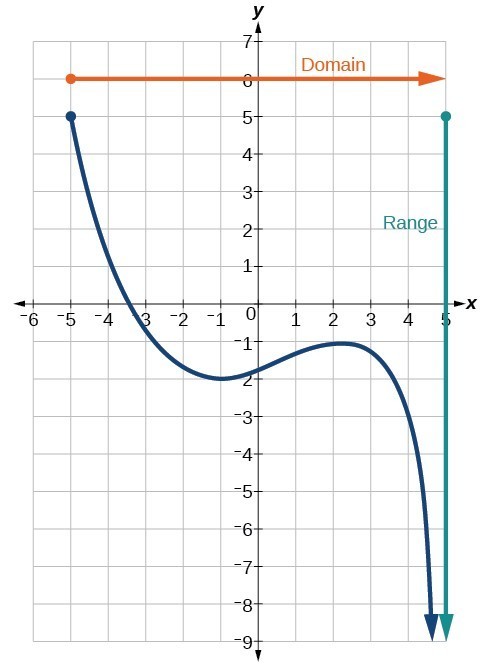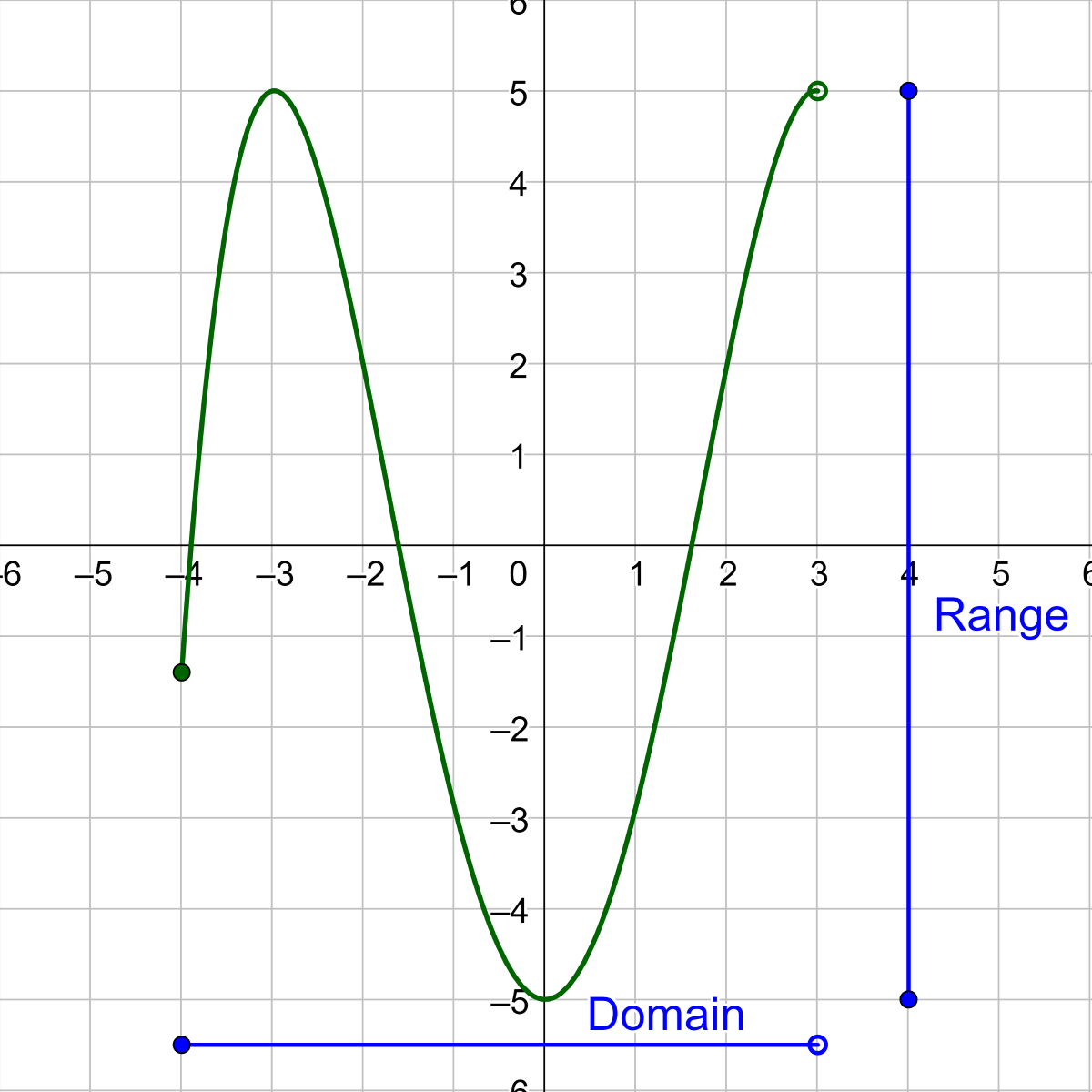
The tool used was Protégé 4.x Footnote 1. e-commerce, bioinformatics, etc.įigure 1 shows a scientific workflow graph. In line with this effort the usage of workflow in public domain also grows workflow can be executed in different implementation styles depended on the process context, e.g.
#Domain graph software
Software scientists are interested in forming workflows as exchangeable classes of tools or objects to tackle process flows. Now large amounts of efforts grow to make workflow proper, easy to use and understandable in computer science world. Workflows might be used in software development, coding, web developing, etc. Workflow usage nowadays grows in many parts of computer science world. Most research works prefer to have contributions focusing either on scientific workflows or business workflows (for example see ). Business workflows are the automated parts of business processes.

1 for example), business process models describe the processes of companies or other organizations focusing on the sequences of activities, roles, and events. in astronomy, biology, etc) and not dealing with complex data management and software issues (see Fig. While scientific workflows describe the setup of scientific experiments, by enabling scientists to focus on domain-specific aspects of their work (e.g. For a circle, you can draw a vertical line that intersects at two points, and hence it is not a function.Workflows are sequences of process components that can be categorized in different domains including scientific workflows and business workflows. A graph is that of a function if and only if no vertical line intersects the graph at more than one point. The test states that a graph is of a function if no vertical line intersects the graph in more than one point.Īns: The vertical line test can be used to find whether a graph is a function or not. How do you know if a graph is a function?Īns: To understand whether a graph is a function, the vertical line test is used.

The graph of a function \(f\) is the graph of the equation \(y = f\left( x \right).\) That is, it is the set of all points \(\left( \right).\) So, the function rule can be identified from the points on a graph as each point has the values of dependent and independent variables that are related to each other via that function rule, thus identifying the function.


How do you find the function of a graph?Īns: Functions are defined with a function rule – the rule with which the dependent and the independent variables are related. For example, for the function \(f\left( x \right) = 3x – 5\) the rule is to multiply the variable by \(3\) and subtract \(5.\) Frequently Asked Questionsīelow are some Frequently Asked Questions from Graphs of Functions.Īns: When a function is defined from a set \(A\) to set \(B,\) the image of an independent variable is related to the independent variable with some set rules. Later the article explains a few characteristics of a function visible in their graphs and concludes with a few solved examples to strengthen the concepts discussed. The article also discusses the definition and the graphs of various functions such as constant, linear, identity, modulus, greatest integer function, smallest integer function, signum function, exponential, logarithmic, rational and polynomial functions.įurther, it explores the vertical line test, which helps you classify a relation into a function. The article helps you understand the basics of functions and the ways to represent those using graphs.


 0 kommentar(er)
0 kommentar(er)
